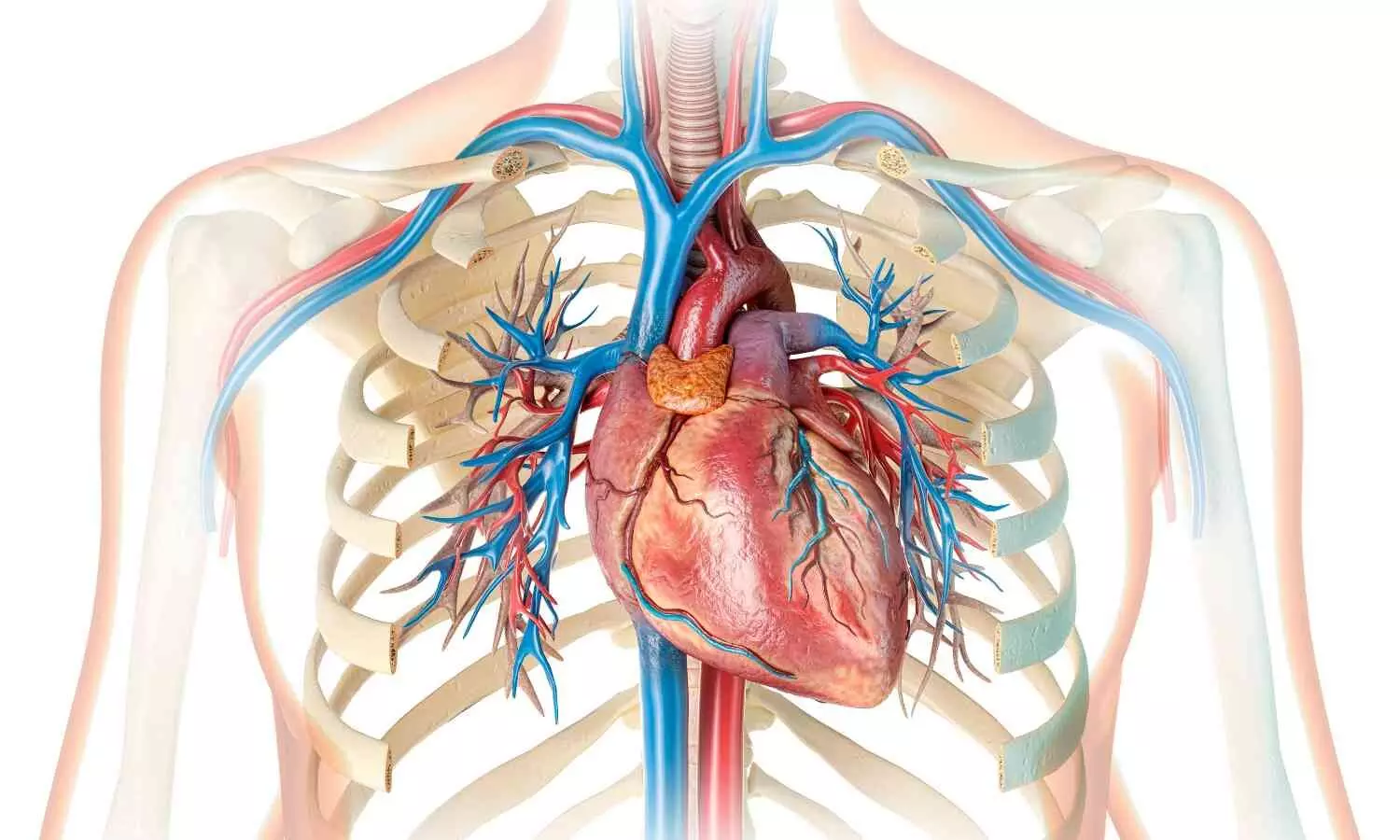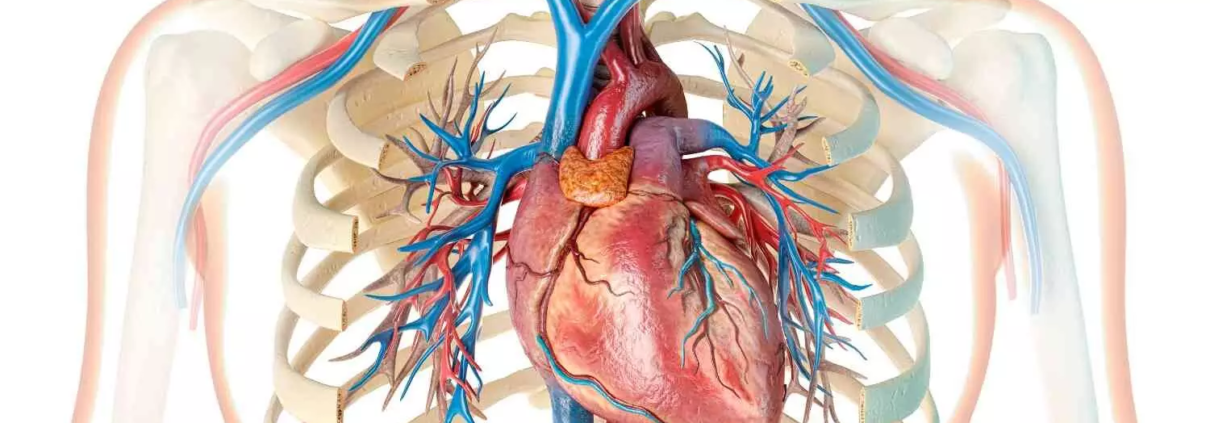Sacubitril/Valsartan Safe to Continue Even with GFR Below 30 ml/min in HF Patients: Research Finds

USA: Recent
research indicates that sacubitril/valsartan can be safely continued in heart
failure patients, maintaining cardiovascular and kidney benefits even as eGFR
drops below 30 mL/min/1.73 m².
The study
published in JACC: Heart Failure highlights sacubitril/valsartan’s
safety despite worsening kidney function, challenging the current clinical guidelines
to stop ARNI (angiotensin receptor-neprilysin inhibitor) below eGFR 30
mL/min/1.73 m², and also emphasizes the need for close monitoring of such
patients and further research.
Heart
failure (HF) and chronic kidney disease (CKD) are significant causes of
morbidity and mortality, frequently coexisting, with CKD affecting nearly 50%
of HF patients. Sacubitril/valsartan, an angiotensin receptor-neprilysin
inhibitor (ARNI), is recommended by guidelines for managing heart failure with
reduced ejection fraction (HFrEF), with its benefits also extending to patients
with mildly reduced or preserved ejection fraction, especially those with an EF
below normal (<60%).
The U.S.
Food and Drug Administration (FDA) recommends sacubitril/valsartan for the
treatment of heart failure. While the FDA does not specify a renal function
threshold that would prevent its initiation or continuation, it advises
starting the drug at the lowest dose (24/26 mg twice daily) for patients with
an estimated glomerular filtration rate (eGFR) below 30 mL/min/1.73 m².
The
PARADIGM-HF and PARAGON-HF trials demonstrated consistent benefits of
sacubitril/valsartan relative to RAS inhibitors in patients with eGFR as low as
25-30 mL/min/1.73 m² but lacked data on the safety and efficacy of
sacubitril/valsartan in heart failure patients experiencing further eGFR
decline below inclusion thresholds.
This
prompted Safia Chatur, MD, Cardiovascular Division, Brigham and Women’s
Hospital, Harvard Medical School, Boston, Massachusetts, USA, and colleagues to
assess the safety and efficacy of continuing sacubitril/valsartan in patients
with deterioration of kidney function below an eGFR of 30mL/min/1.73 m2.
For the
study, researchers evaluated the association between a deterioration in eGFR using
time-updated Cox models in post hoc parallel trial analyses of PARADIGM-HF and PARAGON-HF.
The findings of the study were as follows:
- Out of 8,346 patients randomized in the
PARADIGM-HF trial and 4,746 in the PARAGON-HF trial, 8.3% and 12.9% respectively, experienced an eGFR of <30 mL/min/1.73 m² at least once during
follow-up. - Patients who experienced a decline in eGFR to
<30 mL/min/1.73 m² were at higher risk of the primary outcome in both the
PARADIGM-HF and PARAGON-HF trials. - Despite
the worsening kidney function, the incidence of the primary outcome remained
lower with sacubitril/valsartan compared to renin-angiotensin system inhibitors
(RASi) in both trials. - While
rates of key safety outcomes were higher among patients with eGFR
deterioration, they were similar between treatment groups, even among those who
continued the treatment.
The researchers concluded that while the balance of efficacy and safety supports the continued use of sacubitril/valsartan for cardiovascular and kidney protection, close monitoring of these patients is essential. They also emphasized the need for randomized studies in heart failure populations with advanced chronic kidney disease.
Reference: Chatur, S., Beldhuis, I. E., Claggett, B.
L., McCausland, F. R., Neuen, B. L., Desai, A. S., Rouleau, J. L., Zile, M. R.,
Packer, M., Pfeffer, M. A., Lefkowitz, M. P., McMurray, J. J. V., Solomon, S.
D., & Vaduganathan, M. (2024). Sacubitril/valsartan in patients with heart
failure and deterioration in eGFR to <30 mL/min/1.73 m². JACC: Heart
Failure, 12(10), 1704-1706. https://doi.org/10.1016/j.jchf.2024.03.014



